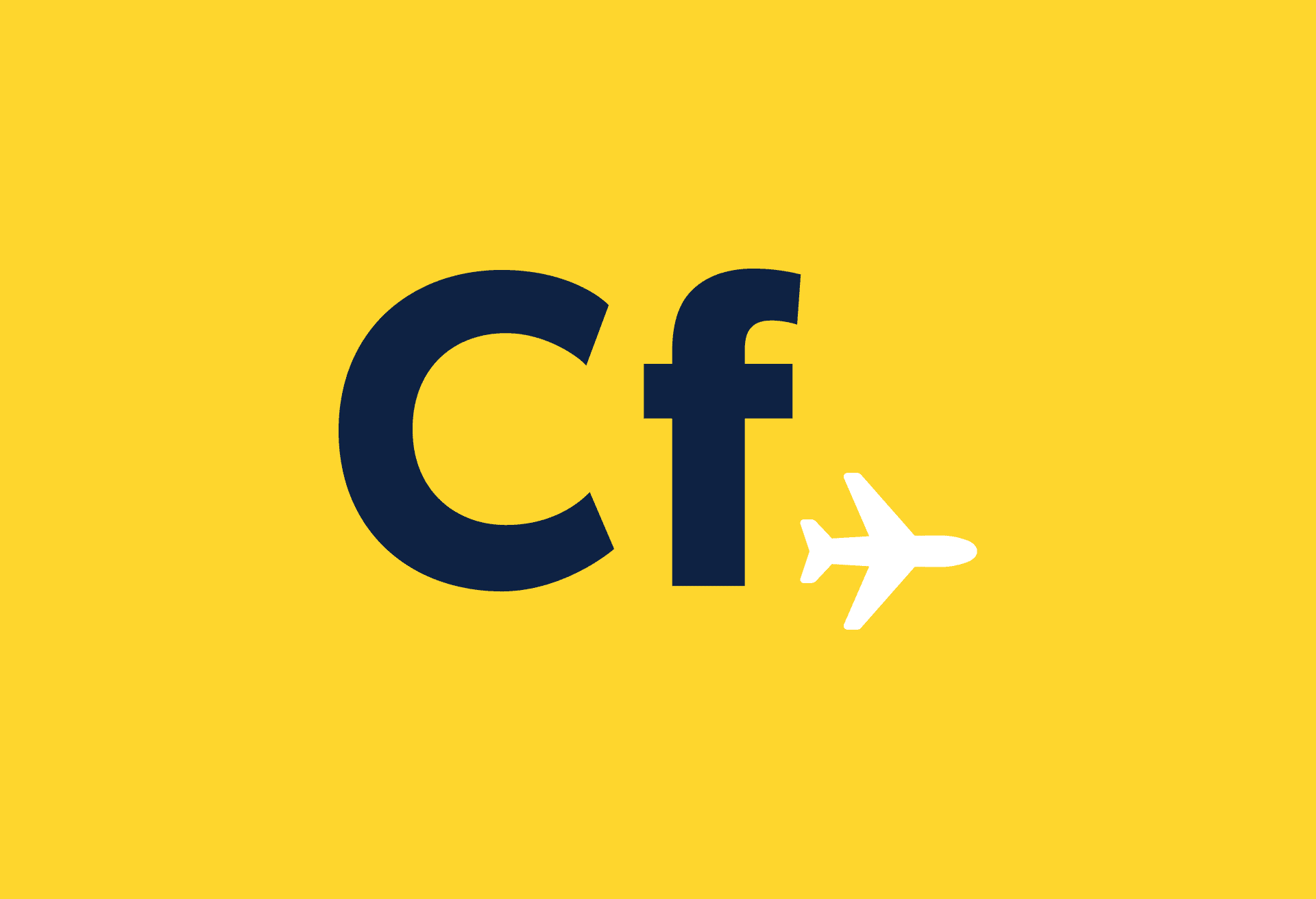Alternate airports can be cheaper and easier to get to
Looking for a cheaper getaway? Try searching for flights to or from alternate airports, smaller airports that are located in the vicinity of larger, more well-known airports.
The savings from traveling a little further to another airport can outweigh the cost and effort of getting there. Plus, alternate airports may have shorter security lines among other perks.
There are advantages to choosing alternative airports. Smaller airports often have lower landing fees – which airlines pass onto the flier – and they’re typically quicker to navigate. However in our vast country, distances – with a couple of exceptions – can be so great as to negate the benefits. For example, Alberta-bound travellers will choose to fly into Calgary or Edmonton, and as the distance between the two cities is 299 kilometres, it’s not quite a short hop. Travellers bound for Regina probably will not consider flying to Saskatoon to save a few dollars as it is 257 kilometres away.
However, there are a few options: Toronto Pearson International Airport, Canada’s busiest airport and Air Canada hub, is 32 kilometres from Toronto. It has a reliever aerodrome in John C. Munro Hamilton International Airport, 69 kilometres southwest of the city. It is a 45-minute drive from Hamilton to Toronto Pearson and both airports have good transport links. A ticket downtown from Toronto Pearson (bus or subway – Toronto Transit Commission) costs about $3; GO Trains and GO Buses connect Hamilton with the Greater Toronto Area.
The biggest U.S. airport near Toronto Pearson is Buffalo Niagara International in upstate New York. Toronto is 144 kilometres from downtown Buffalo.
Vancouver International Airport, 65 kilometres from downtown Vancouver, is the premier gateway between Asia and North America. It has a reliever in Abbotsford International Airport, the Lower Mainland’s second-largest airport. There is an Airport Link Shuttle from Abbotsford to Vancouver International Airport and the Cruise Ship Terminal at Canada Place in downtown Vancouver.
In Montreal, St-Hubert is the major reliever for Montréal-Pierre Elliott Trudeau International Airport and south of the border, Plattsburgh International Airport in Plattsburgh, NY, has billed itself as “Montreal’s U.S. airport.” It is an hour south of Montreal.
Gander in Newfoundland competes with Bangor International Airport in Bangor, ME, for transatlantic flights.
In the time it can take to get through the security line at some of the country’s busiest airports, travellers can be gate-side at an alternative airport. Check out our tips and lists for booking flights to or from alternate airports, and then start your flight search on Cheapflights.ca.
Travel tips for using alternate airports
- Smaller airports often have lower fees, which airlines pass onto you, the consumer.
- In peak season or for big events, search for deals to nearby airports for huge savings.
- Smaller airports can be quicker to get in and out of, from parking to security to luggage pick-up
- Alternate airports may be more convenient for where you are travelling to, offering non-stop flights or better departure or arrival times.
- With fewer passengers, alternate airports may be easier to navigate with kids in tow.
- If you’re travelling as a family or larger group, the savings of travelling to or from an alternate airport can really add up.
- Choosing an alternate airport may mean swapping a connecting flight for a short drive and non-stop flight, which lessens the chances of travel delays.
- When booking award travel, it may be easier to get seats on flights headed to alternate airports than the busier hub airports.
- Fewer passengers often means shorter security lines. Need we say more?
Use this chart to find the distance (in miles) from a city’s main airport to nearby alternate airports.
[table “38” not found /]
Feature image by @anniespratt via Unsplash.com


